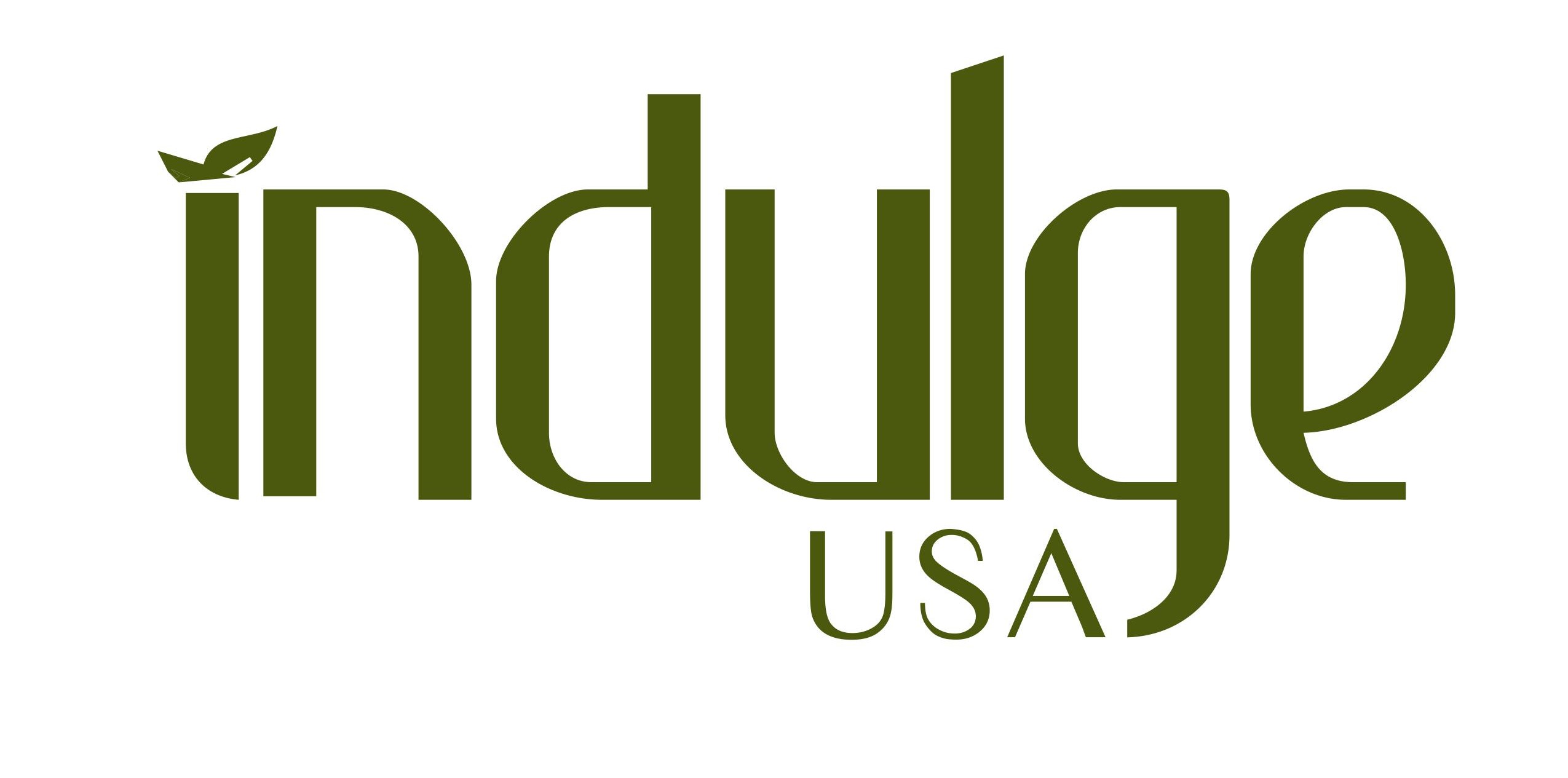In the United States, it has corporate headquarters in Louisville, Colo., with additional offices in Atlanta, Ga., and Omaha, Neb. Bank survey, healthcare CFOs said cost-reduction initiatives were their number one priority, https://www.bookstime.com/articles/invoice-matching and 71% ranked efficiency of supplier payments as important.Most healthcare organizations have expansive supplier networks. Making on-time payments to vendors relies on cash flow that can be impacted by factors outside the organization’s control, such as federal reimbursement, patient payments and regulatory issues. As hospitals and health systems make the shift from fee-for-service to value-based care, many are struggling to find their footing, looking for ways to become more financially nimble while improving patient outcomes.
Billing Specialist/Accounts Receivable
Outstanding payments from patients or insurance companies for medical services rendered, which can create a financial burden if left uncollected. The process begins with invoice capture, where the AP automation system collects invoices from various sources. Invoices can arrive in multiple formats, including paper, email, or electronic submissions through a vendor portal. Automation software uses https://www.carpetcleaningnow.com.au/bookkeeping/what-is-an-audit-report-the-4-types-of-audit/ Optical Character Recognition (OCR) technology to scan and convert different types of invoice documents into a standardized digital format. This step is crucial for transforming unstructured data from invoices into structured data that can be further processed and analyzed.
How Healthcare businesses can save $100K
- AI doesn’t replace audit professionals but can support them by flagging potential issues before they grow.
- To prevent these issues, healthcare organizations should consider transitioning to automated systems, which streamline processes and reduce human error.
- It feels daunting to have to outline a workflow process from start to finish using an entirely blank slate.
- However, manual processes often result in delays caused by bottlenecks in approval workflows, misplaced invoices, or human error.
- Your system of accounts payable dictates the way you pay your vendors, suppliers, and other bills – from your mortgage or lease to goods and utilities.
- By aligning departments toward a common vision and executing a clearly defined strategy, organizations can improve profitability and reduce administrative burdens.
- Yet, 64% of physicians surveyed believe that healthcare technology and the IoT will lower the costs of operations and clinical inefficiencies by up to $100 billion annually.
Ask for a loyalty discount from a vendor who wants to keep your business. Utilize opportunities via a group purchasing program either through your parent organization or a healthcare accounts payable automation trade association. Determine the discounts and other benefits available to the participants. Take advantage of opportunities to receive discounts for early payments, timely payments, etc.
Step # 3 – Send Invoices to Patients
It may show when you need to act to increase staff or automate processes to better handle volume jumps at certain times of the year. Though fraud transaction detection and identification of errors are important AI applications in audit, they are not the only ones. Feel free to check our article where we examined AI applications in the audit industry. In AP, the three-way match compares an invoice with a purchase order (PO) and a goods receipt.
Get notified about the world of AP Automation
Exception handling with MHC NorthStar grants you the ability to determine exception workflows, allowing you to forward the “problem” invoices to the correct parties for appropriate handling. No longer have to stop the entire process to determine next steps by creating a documented process workflow that triggers the second an exception occurs. MHC NorthStar minimizes all those unnecessary manual steps that lead to irregularities and mitigates the resulting risk. And the ability to document each step involved in the process gives your organization a final product they can feel confident provides accurate information. The ability to access MHC NorthStar’s user-friendly dashboards from anywhere will grant you that visibility necessary for your AP team to function at the very top of their game.
- The AP automation system routes invoices to the appropriate personnel for approval.
- The PNC Healthcare team has more than 500 dedicated employees who have served more than 4,000 healthcare organizations over the past 30+ years.
- It learns from historical entries to map costs to the correct categories, even when the categories evolve.
- Nitra works across your business by centralizing spend across offices with our multi-EIN access.
- After validation, the invoice enters the approval workflow, which is pre-defined based on the organization’s policies and procedures.
- Manual data entry is prone to inaccuracies, from typing errors to misplaced decimal points, which can lead to financial discrepancies.
Vendor Comparison
Leverage the advanced security cloud-based platforms are known for with MHC NorthStar AP automation. With increased invoice volume comes the possibility of more invoice late fees. Ensure payments are made accurately and on-time, every time, with MHC NorthStar. Given our extensive experience with Infor and other ERPs, integration is seamless and painless.
To weather changes, seize opportunities, and remain open to whatever unknowns come next, organizations must seek and implement ways to improve the financial bottom line. One approach is to optimize cash flow into the organization by strengthening payer reimbursement and patient payment. On the other side, organizations can also ensure that any cash leaving the organization is well-timed and well-spent. This second strategy requires an in-depth examination of accounts payable processes.
It feels daunting to have to outline a workflow process from start to finish using an entirely blank slate. Things constantly change in an organization and you feel the need to take account all variations of what the future can bring. One way to achieve this is by sending cost estimates before the appointment. Besides, re-appointment estimates are another way to boost patient satisfaction. 14% of total denials were due to submitting a claim for excluded services, 8% due to lack of preauthorization, and 2% due to no medical necessity.
